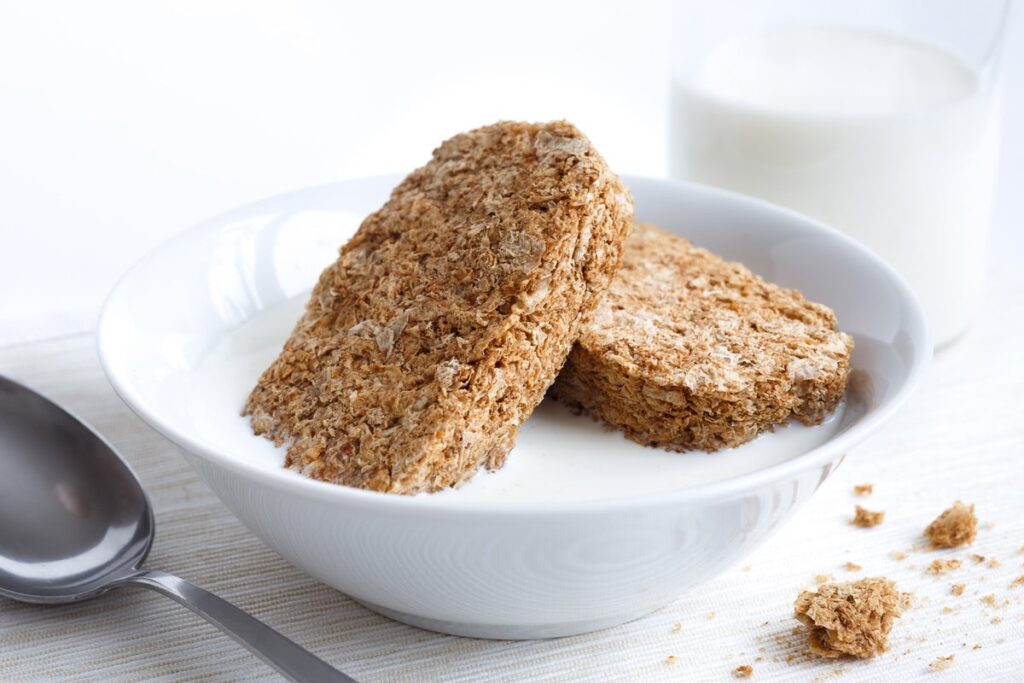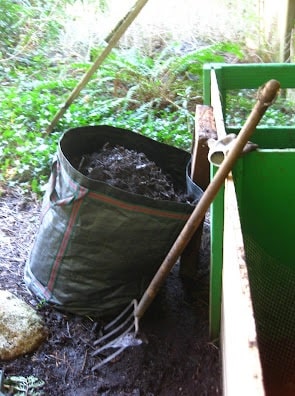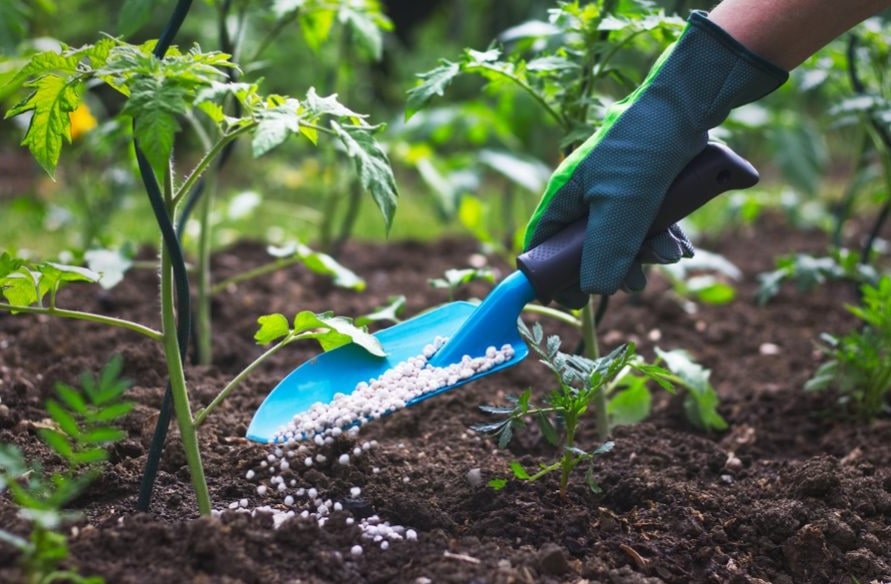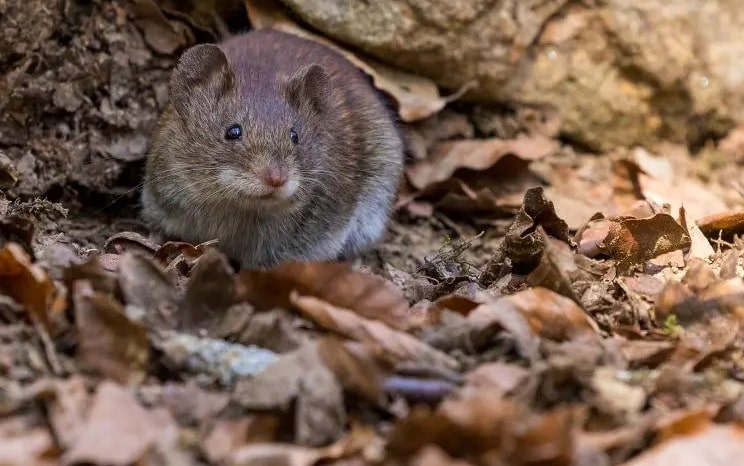Contents
What is Weetabix?
Weetabix is a breakfast cereal that was launched in Great Britain in 1932. It was created by the company General Foods, which was later acquired by Kraft. The cereal consists of wheat biscuits, sugar, and malt extract. The cereal is sold in various countries around the world.
Can you compost Weetabix?
Yes you can! Many people are interested in composting their Weetabix because they want to reduce their waste and live a more sustainable lifestyle. Composting your Weetabix is also a good way to reduce your food waste footprint.
What is the Best Way to Compost Weetabix?
Weetabix is a cereal that can be hard to compost, but there are a few ways you can get around this. One of the easiest ways is soaking them in water for a few hours before putting them into your compost bin. This will help break down the cereal and make it easier for bacteria to digest, meaning that your Weetabix will decompose much quicker than if you didn’t do anything at all with them.
How Long Does It Take for Weetabix To Break Down in a Compost Bin?
It takes about 2 weeks for weetabix to break down in a compost bin.
Weetabix and similar breakfast cereals can be composted, but there are a few considerations to keep in mind:
- Breaking It Down: Weetabix and similar cereals are made from wheat, which is a carbon-rich material. For successful composting, it’s essential to break them down into smaller pieces. You can do this by crushing or tearing them apart. Smaller pieces will decompose more easily in your compost pile.
- Balancing with Nitrogen: To maintain a healthy balance in your compost, mix carbon-rich materials like Weetabix with nitrogen-rich materials such as fruit and vegetable scraps, grass clippings, or coffee grounds. The ideal carbon-to-nitrogen ratio is roughly 25-30 parts carbon to 1 part nitrogen.
- Moisture Levels: Ensure your compost pile has adequate moisture. Weetabix and similar cereals are dry, so they can absorb moisture from your compost pile. If your compost pile becomes too dry, add water to maintain the proper moisture level (similar to a damp sponge).
- Aeration: Regularly turn or aerate your compost pile to provide oxygen, which helps with decomposition. Turning the pile also ensures even decomposition and prevents odors.
- Avoid Overloading: While Weetabix can be composted, don’t overload your compost pile with large quantities of cereal or other dry materials. The carbon-rich materials should be balanced with nitrogen-rich materials to avoid slow decomposition and potential imbalances in your compost.
- Check Local Regulations: Some local composting facilities or municipalities may have regulations or guidelines regarding what can be composted. Always check with your local composting authority to ensure you’re following the appropriate guidelines.
In summary, you can compost Weetabix and similar breakfast cereals as long as you follow proper composting practices. Breaking them down, balancing with nitrogen-rich materials, maintaining moisture levels, and regular aeration will help ensure that they decompose effectively in your compost pile.









